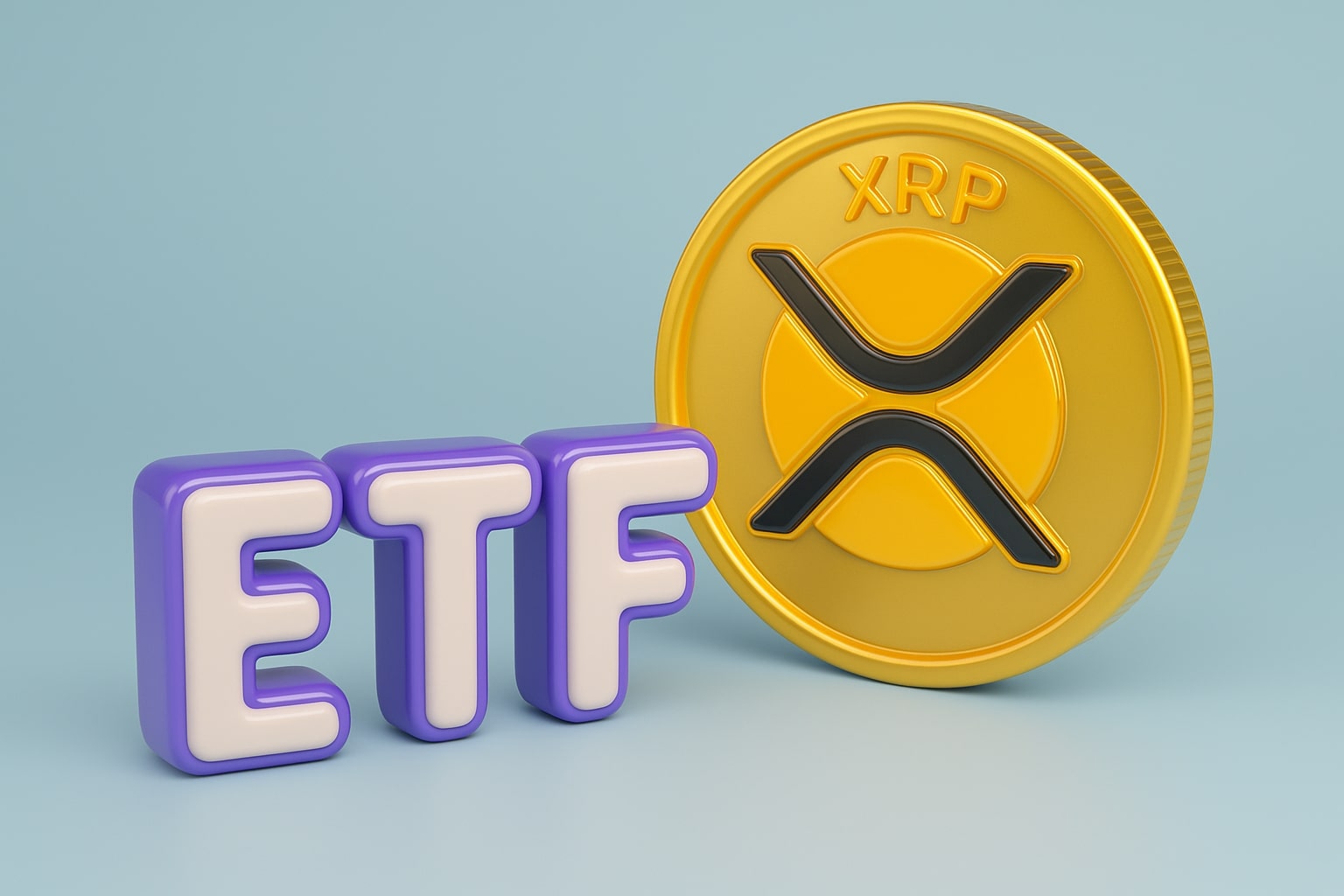
Oil Price Forecast – WTI Holds $60.50, Brent $64.95 as Fed Cut, OPEC+ Output, and Sanctions Collide in Tug-of-War Over Oil Prices
Oil stays near key levels with WTI pinned at $60.50 and Brent capped below $67, as the Fed’s rate cut, record U.S. production, and surging refining margins at Shell and TotalEnergies define a volatile but resilient crude market | That's TradingNEWs
Crude Oil Holds Key Levels as WTI Trades at $60.50 and Brent Stabilizes at $64.95
Oil markets remain locked between optimism from policy easing and the weight of oversupply. WTI (CL=F) trades around $60.50, marginally higher by 0.03%, while Brent (BZ=F) holds near $64.95, up 0.05%. Traders view $60 as WTI’s critical floor and $67 as Brent’s ceiling. Despite fresh sanctions on Russia and improving refining margins, abundant supply and cautious demand outlooks limit momentum. The balance between geopolitical friction and inventory overhang defines a market struggling to break out of its narrow trading band.
Fed Rate Cut Sparks Hope but Stronger Dollar Caps Gains
The Federal Reserve’s 25bps rate cut briefly lifted oil sentiment, yet Chair Jerome Powell’s restrained tone dampened enthusiasm. His warning that inflation remains sticky strengthened the U.S. Dollar Index (DXY) to 99.20, curbing commodity demand. Though cheaper credit typically supports growth-sensitive assets, the Fed’s signal of no imminent cuts reduced energy risk appetite. Analysts note that without consistent monetary support, the oil market faces pressure from both the macro side and excess barrels in storage.
Record U.S. Output Reinforces Oversupply Fears
The U.S. continues to dominate supply flows, with production at 13.6 million barrels per day, marking an all-time high. October closed as the third straight month of crude declines, driven by persistent oversupply and softer consumption in Asia. While refining activity in Europe has accelerated, demand growth in China has flattened. Inventories in key OECD regions remain above the five-year average, suggesting any rebound will face immediate selling pressure near resistance levels.
OPEC+ Balances Policy Ahead of November Meeting
The upcoming OPEC+ meeting on November 2 looms large as the group weighs an additional 137,000 bpd supply hike for December. This forms part of a 2.7 million bpd cumulative output increase for 2025, roughly 2.5% of global demand. Meanwhile, U.S. sanctions on Lukoil and Rosneft disrupt diesel flows but fail to curb overall crude exports. Russian barrels continue rerouting to Asia, softening the impact on total supply. The irony is clear — sanctions have tightened European diesel markets while keeping global crude ample, reinforcing a narrow sideways bias for prices.
Refining Margins Surge as Supermajors Defy Weak Crude
Refining margins have soared to multi-year highs. Shell (NYSE: SHEL) delivered Q3 adjusted earnings of $5.4 billion, surpassing consensus with $12.2 billion in cash flow from operations. Its indicative refining margin hit $11.60 per barrel, up from $8.90 in Q2, while utilization reached 96%, the strongest since 2022. Similarly, TotalEnergies (NYSE: TTE) reported $4.0 billion in adjusted net income, nearly flat from last year, with refining margins up 78% to $63 per ton. CEO Patrick Pouyanné forecasts Q4 refining margins could top $100 per ton, attributing strength to diesel shortages amid sanctions on Russian exporters. These downstream profits contrast sharply with stagnant upstream prices, reflecting a market rewarding refined products over raw crude.
World Bank Sees Oil Weakening Into 2026 Despite Structural Tightness
The World Bank’s Commodity Markets Outlook predicts back-to-back 7% annual price declines through 2025–2026, marking a fourth straight year of contraction. Its forecast places Brent at $68 per barrel in 2025, dropping to $60 in 2026 — the weakest levels since 2020. The report attributes this to slowing Chinese demand, faster EV adoption, and efficiency gains in industrial fuel use. Yet even with these declines, energy prices remain 23% above pre-pandemic averages, revealing the lasting inflationary effects of supply disruptions and structural underinvestment in refining infrastructure.
Supermajors Strengthen Cash Flow Amid Volatility
Energy giants are navigating low prices with disciplined capital allocation. Shell’s upstream expansion in Brazil and the Gulf of America offset weaker benchmarks, while TotalEnergies boosted production 4% to 2.5 million boe/d, resulting in a 10% increase in upstream earnings. Both companies continue returning capital to shareholders — Shell’s $3.5 billion buyback marks its 16th consecutive quarter of repurchases. This resilience underscores how efficient cost structures and diversified portfolios allow supermajors to thrive even with WTI pinned near $60 and Brent near $65.
Asian and European Demand Patterns Diverge
In Asia, China’s refiners have slowed throughput, citing shrinking margins and policy uncertainty, while India’s state refiners paused Russian oil imports following new U.S. sanctions. Conversely, Europe faces a widening diesel shortage as refinery outages and sanctions reduce supply. This divergence has pushed European refining cracks to their highest since 2022, benefiting integrated majors while highlighting a fragile global balance. Analysts warn that the mismatch between crude abundance and product scarcity could persist into early 2026.
Fiscal Strains Grow as Energy Transition Pressures Intensify
Oil-dependent economies are facing widening budget gaps. Saudi Arabia’s Q3 fiscal deficit jumped 160% to $23.6 billion, reflecting high spending amid subdued oil revenue. The global shift toward renewables and EVs is reducing hydrocarbon inflows faster than expected, pressuring national budgets across OPEC members. The World Bank urged governments to consolidate fiscal policy and prepare for a prolonged period of moderate prices, calling the current environment “a fleeting window of adjustment.”
Read More
-
PFFA ETF Nears $21.50 as Rate Cuts and 9.49% Yield Spark Renewed Demand
29.11.2025 · TradingNEWS ArchiveStocks
-
XRPI and XRPR ETFs Ignite Ripple’s Institutional Rally as Inflows Near $1B and XRP Holds $2.20
29.11.2025 · TradingNEWS ArchiveCrypto
-
Natural Gas Price Forecast - NG=F Blasts to $4.85 as Demand Surge Fuel Multi-Month Breakout
29.11.2025 · TradingNEWS ArchiveCommodities
-
USD/JPY Price Forecast - Yen to Dollar Slides to 156.10 as Yen Strengthens on Fed Cut Expectations
29.11.2025 · TradingNEWS ArchiveForex
Technical Outlook Shows Key Resistance at $67 for Brent and $62 for WTI
Technically, WTI (CL=F) remains supported near $60, forming a solid base that aligns with major psychological and historical levels. Brent (BZ=F) trades between $64 and $67, with its 50-day moving average near $67 marking the decisive resistance. A close above this could target $70, but traders see the risk skewed to the downside without a major production cut. The structure reflects consolidation more than accumulation, with modest bullish divergence in momentum indicators yet limited follow-through.
Outlook and Verdict: WTI (CL=F) Slightly Bearish, Brent (BZ=F) Neutral to Positive – Rating Hold
Short-term sentiment leans bearish for WTI and neutral for Brent, as supply excess and cautious monetary policy weigh on risk assets. However, refining profits, capital discipline, and sanctions-induced dislocations create volatility that could offer tactical opportunities. With WTI near $60 and Brent hovering at $65–$67, oil appears fairly valued relative to fundamentals. Unless OPEC+ delivers a deeper supply cut or global demand surprises to the upside, the path forward remains constrained. Based on all available data, both WTI (CL=F) and Brent (BZ=F) warrant a Hold rating — stable but vulnerable — with potential to test $58 on downside or $68–$70 on upside if refining tightness persists through year-end.



















